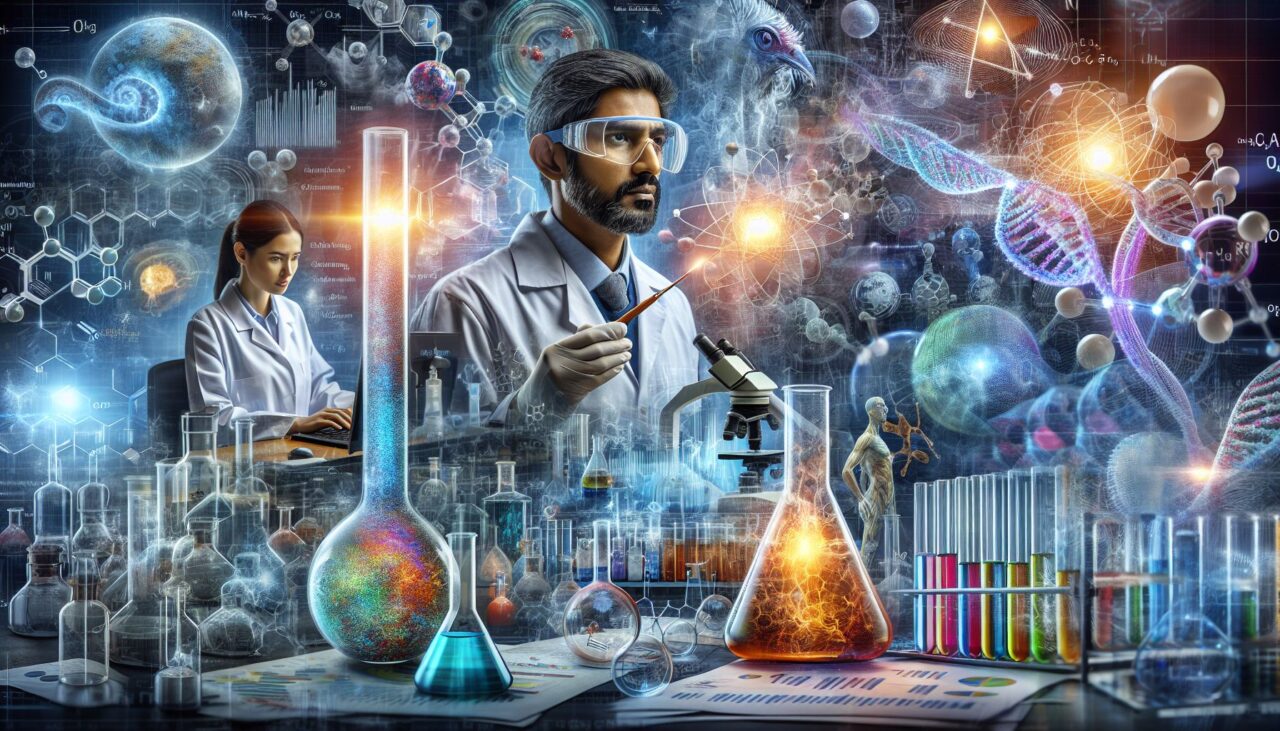The pharmaceutical industry has come a long way in revolutionizing healthcare and enhancing the quality of human life. With advancements in technology and an increasing understanding of the human body, pharmaceutical companies continue to pave the way for remarkable discoveries. In this blog post, we will explore the various facets of the pharmaceutical world, from drug development to the challenges it faces today.
Drug Development: A Journey of Innovation
The journey of a pharmaceutical drug from concept to the hands of patients is an intricate process that involves extensive research, development, and testing. It all starts with the identification of a target disease or condition, followed by laboratory testing to find potential drug candidates. Once the candidates are selected, preclinical trials and safety assessments are conducted to ensure effectiveness and minimize adverse effects.
After the rigorous preclinical phase, the drug enters clinical trials, divided into three phases. The first phase involves testing the drug on a small group of healthy volunteers, followed by larger groups in phases two and three. These trials determine the drug’s effectiveness, dosage requirements, and potential side effects. Approval from regulatory bodies such as the FDA or EMA is then required before the drug can be made available to the public.
Ensuring Safety and Efficacy
One of the paramount concerns in the pharmaceutical industry is ensuring the safety and efficacy of drugs. Stringent regulations are in place to protect patients from potential harm. Regulatory bodies constantly review new drugs, analyzing their safety profiles, and determining whether their benefits outweigh their risks.
In recent years, the industry has also witnessed a shift towards personalized medicine. Tailoring treatments to specific characteristics of individual patients can enhance both effectiveness and safety, reducing the risk of adverse reactions.
Furthermore, ongoing monitoring and post-marketing surveillance play a vital role in identifying any long-term effects or previously unknown adverse reactions. Continuous research and development serve as the backbone of an industry that strives for better healthcare outcomes.
Challenges and Future Directions
The pharmaceutical industry faces several challenges, some of which include skyrocketing research and development costs, lengthy approval processes, and public skepticism. It typically takes more than a decade to develop a new drug, with costs averaging in the billions of dollars. These high costs often translate into expensive medications, raising concerns about affordability and accessibility.
Furthermore, the rise of antimicrobial resistance poses a significant threat to global health. Pharmaceutical companies are investing in research to combat this growing issue and develop new antibiotics to stay ahead of evolving pathogens.
Looking ahead, the pharmaceutical industry is also exploring various technological advancements that hold immense potential. These include precision medicine, gene editing, and the development of therapies using artificial intelligence algorithms. By harnessing these innovations, pharmaceutical companies aim to provide tailored treatments that yield better outcomes.
In Conclusion
The world of pharmaceuticals is an ever-evolving landscape that strives to improve human health and well-being. From drug development to personalized medicine, the industry has made significant strides in providing effective treatments while ensuring safety. However, challenges persist, and continuous efforts are essential to combat rising costs, address public concerns, and pave the way for groundbreaking discoveries. Through ongoing research, development, and collaboration, the pharmaceutical industry can shape a healthier and brighter future.
